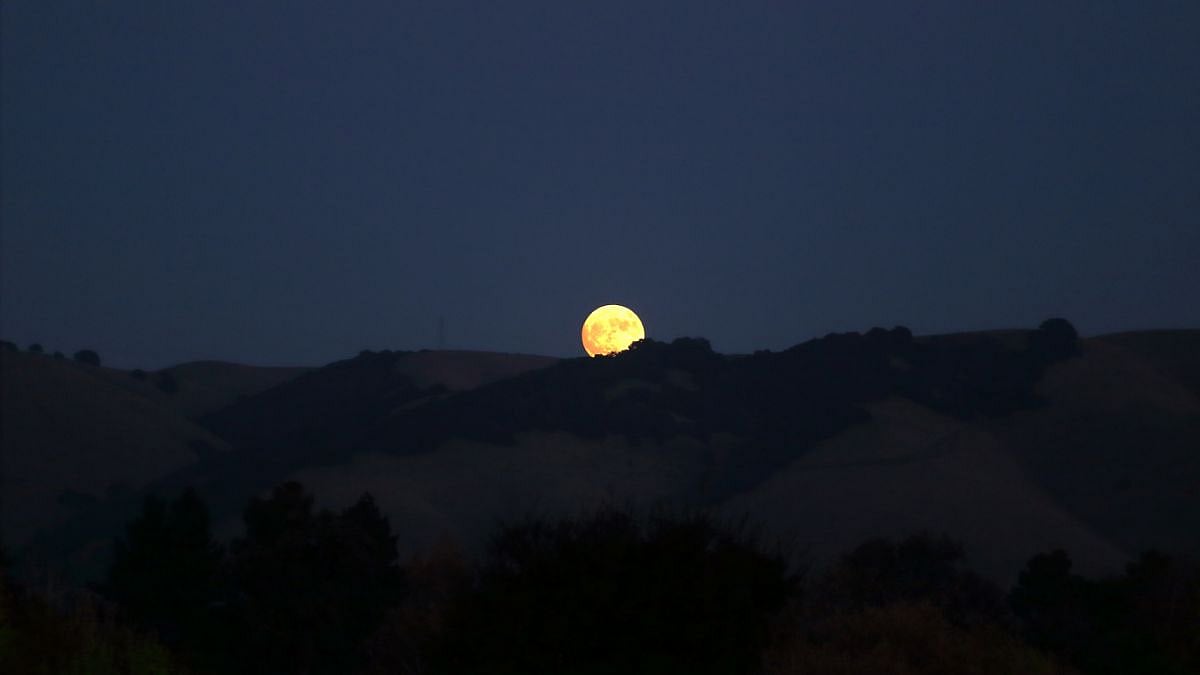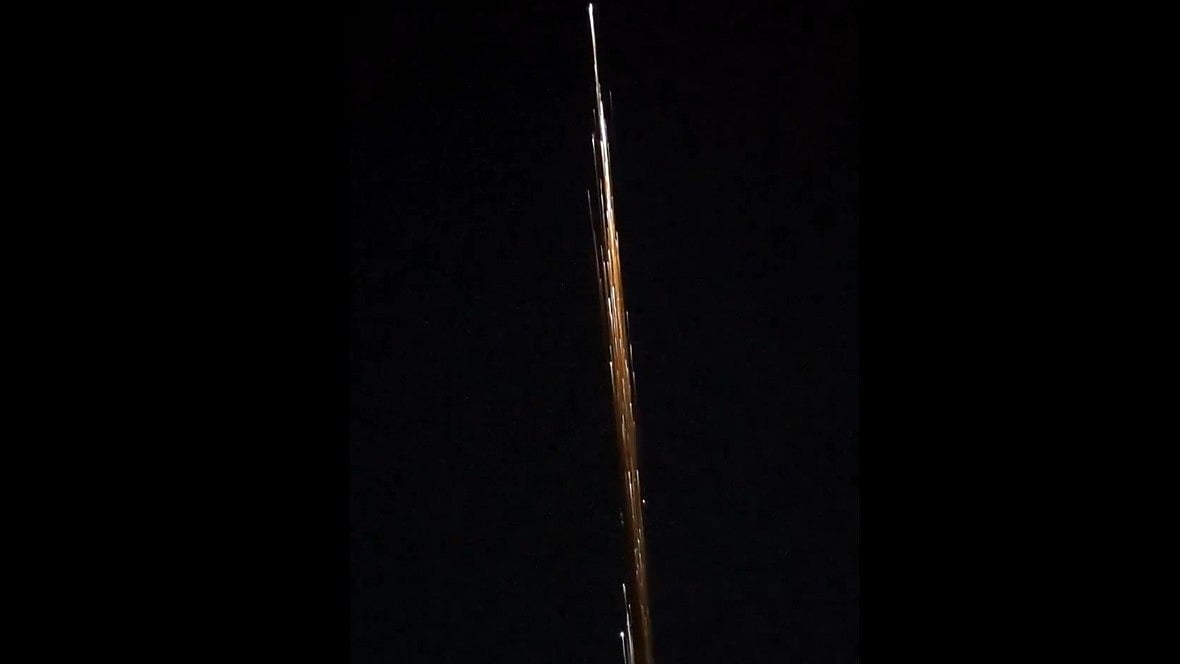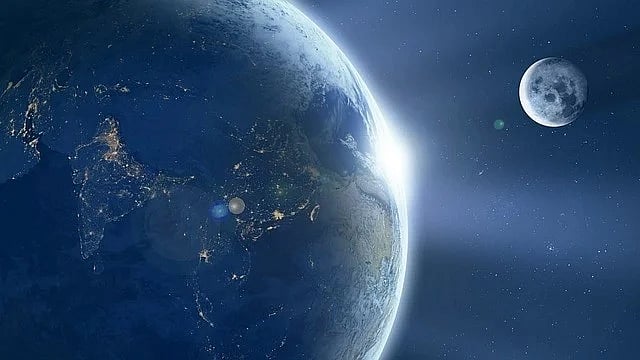In its recent discovery, NASA's researchers have uncovered an old galaxy in the early cosmos with an actively feeding central black hole. This black hole is incredibly massive, accounting for around half of the total mass of the galaxy. NASA detected the black hole with its Chandra X-ray Observatory and James Webb Space Telescope. The mass of the black hole is believed to be between 10 and 100 million Suns.
New research questions existing theories
The latest discovery questions existing theories regarding the origin of supermassive black holes and sheds light on the early stages of galaxy evolution. The research was published in the journal Nature Astronomy.
The black hole discovered in the galaxy UHZ1 is in an unknown stage of development, with a mass comparable to that of its host galaxy. This remarkable discovery could explain how some of the universe's early supermassive black holes evolved.
X-ray observation
The black hole was located by the team led by Akos Bogdan of the Centre for Astrophysics at Harvard & Smithsonian, in the direction of the galaxy cluster Abell 2744, situated 3.5 billion light-years from Earth. Webb telescope data, however, revealed that the galaxy is far distant away than the cluster, at 13.2 billion light-years from Earth when the universe was only 3 per cent of its present age.
The team studied the Chandra data for two weeks, revealing the presence of strong, superheated, X-ray-emitting plasma in this galaxy, a trademark of a developing supermassive black hole. Due to the gravitational lensing, the light from the galaxy and the X-rays from gas surrounding its supermassive black hole are magnified by nearly a factor of four by intervening matter in Abell 2744, boosting the infrared signal discovered by Webb and allowing Chandra to detect the small X-ray source.
This observation is essential for understanding how some supermassive black holes can develop to enormous sizes so quickly after the Big Bang. Based on the brightness and energy of the X-rays, the scientists identified strong evidence that the newly discovered black hole was born enormous, with its mass estimated to be between 10 and 100 million Suns.
Black hole's mass
This mass range is comparable to that of all the stars in the galaxy in which it resides, in contrast to black holes at the centres of galaxies in the nearby universe, which typically contain just about a tenth of the mass of the stars in their host galaxy.
The black hole's large mass at such a young age, the amount of X-rays it emits and the brightness of the galaxy detected by Webb all agree with theoretical predictions made in 2017 by Yale University co-author Priyamvada Natarajan for an 'Outsize Black Hole' that directly formed from the collapse of a massive cloud of gas.
Priyamvada Natarajan said, "We think this is the first detection of an 'Outsize Black Hole' and the best evidence yet obtained that some black holes form from massive gas clouds. For the first time, we are seeing a brief stage where a supermassive black hole weighs about as much as the stars in its galaxy before it falls behind."
The researchers seek to combine these and other Webb results and those integrating data from other telescopes to build a more complete picture of the early cosmos.











